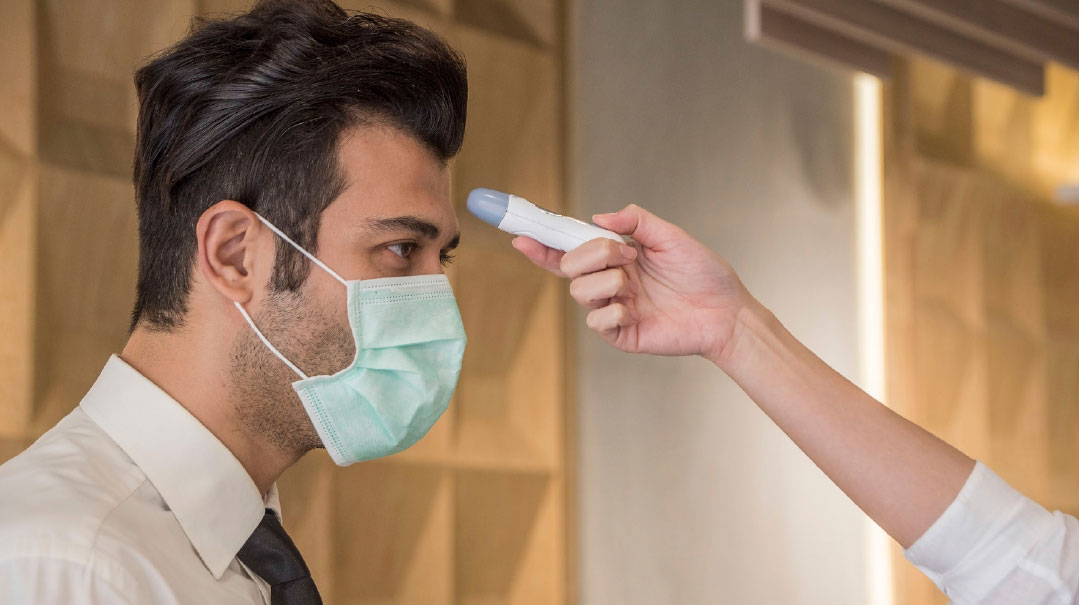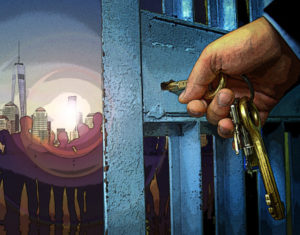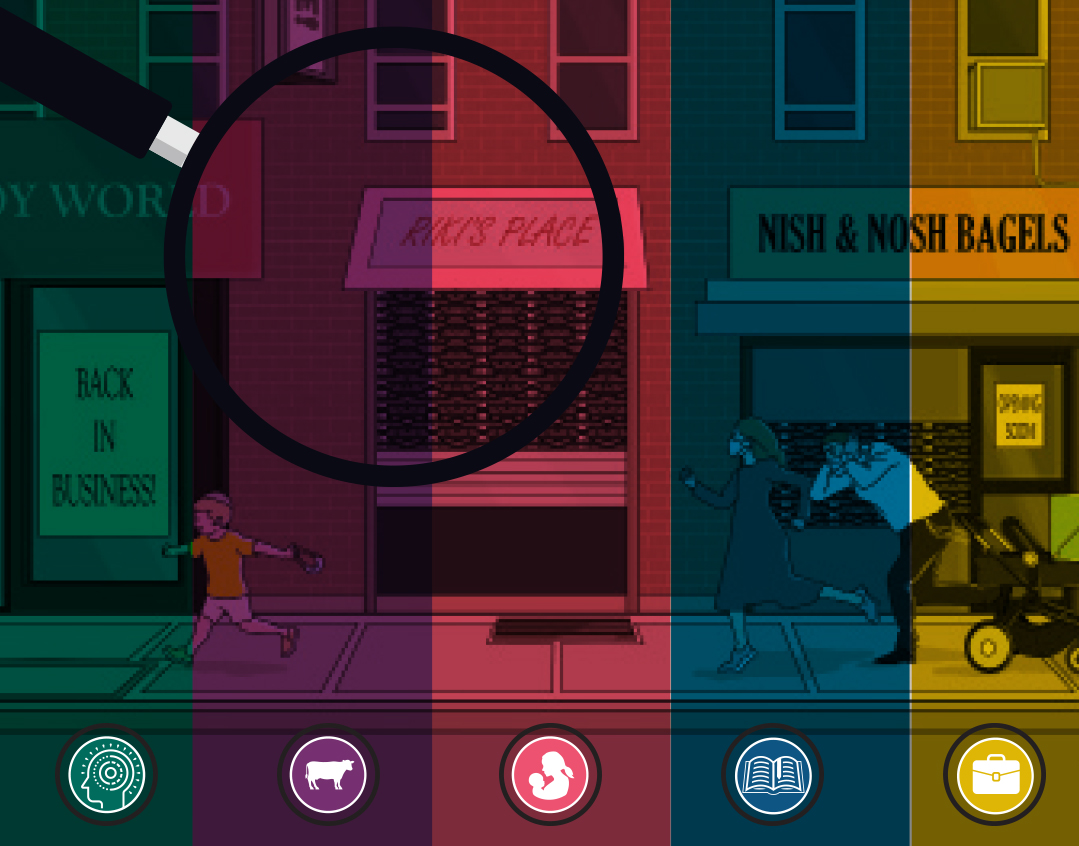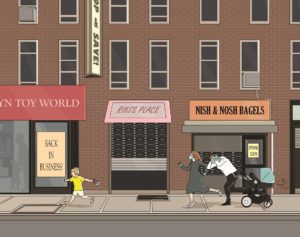The Virus That Exposed the American Health Care System
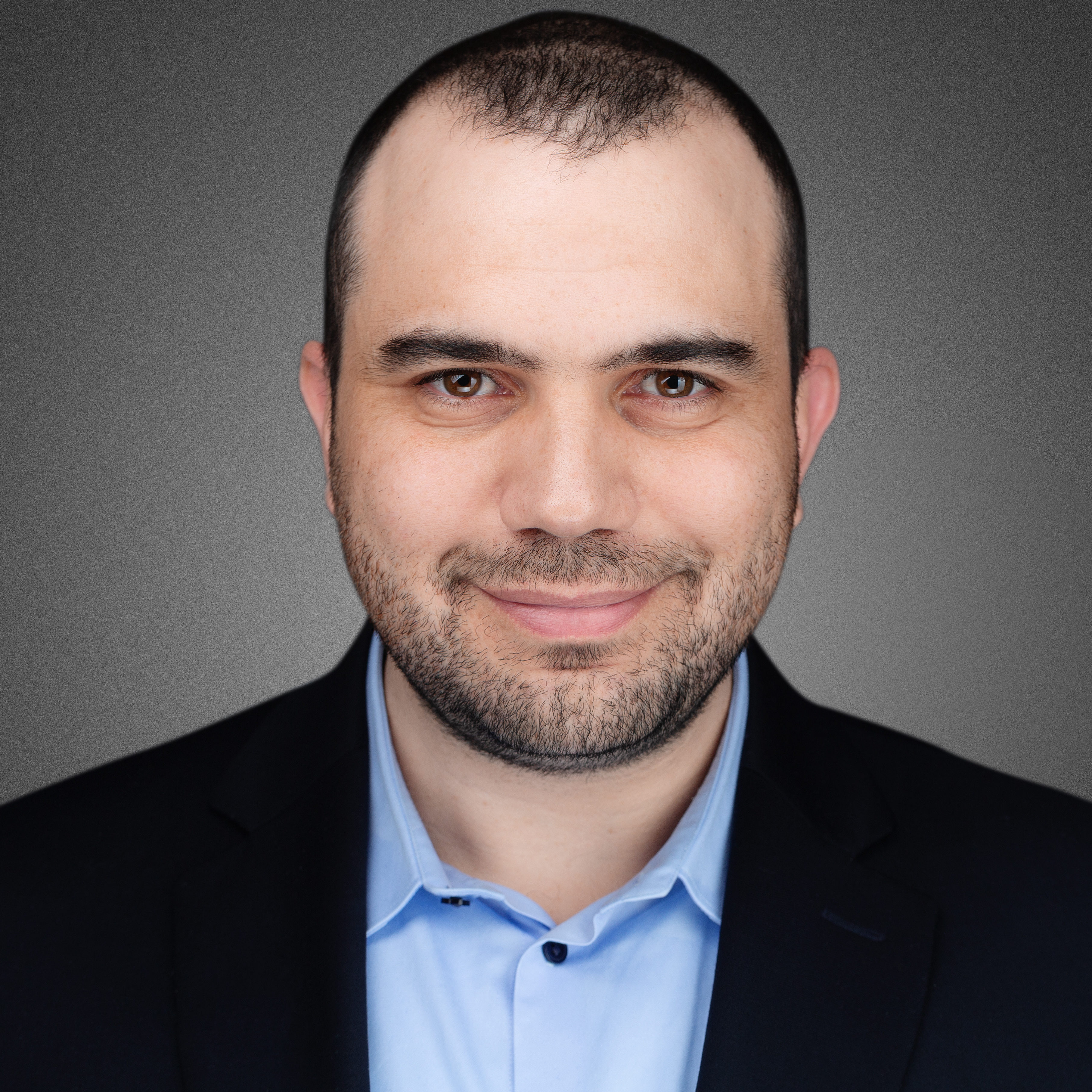
Even putting aside the issue of the uninsured, the American health system wasn’t designed to handle a pandemic
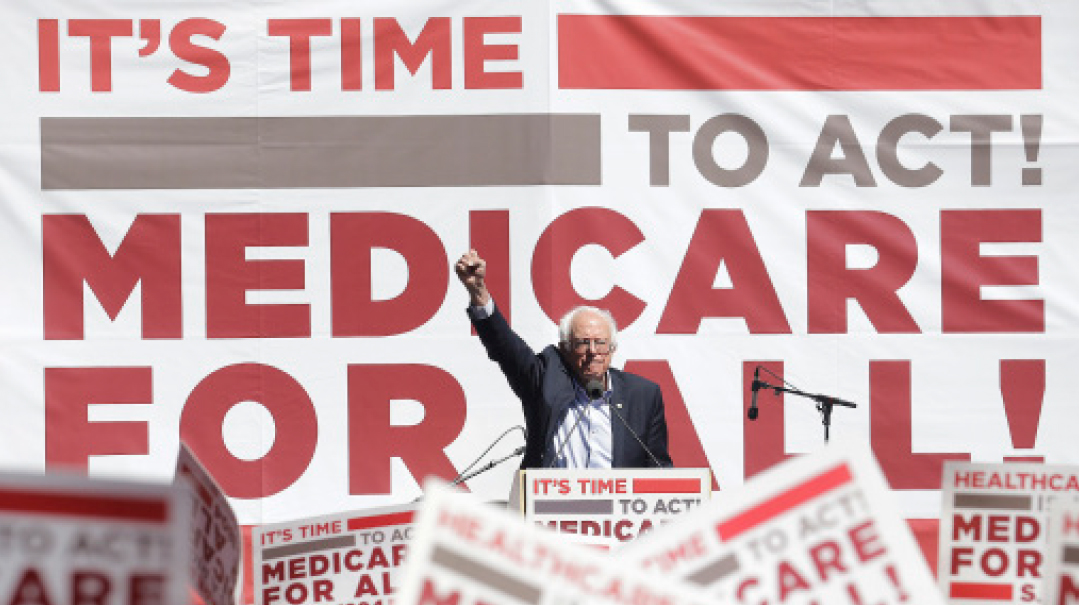
Can the American health care system withstand the coronavirus challenge?
That question will be put to the test in the coming weeks, as thousands of patients crowd intensive care wards, straining resources. And even if they are cured, will those same patients be able to shoulder the costs of a lengthy hospital stay, given the high cost of hospital care in the United States?
For years now, there has been a public debate on how best to provide health care for America’s 327 million citizens. There are those who favor the current system, which relies largely on private insurance and can cost up to $400 a month; and there are those who demand far-reaching reforms to extend health care to all, as in Israel and many other countries. But with the outbreak of the coronavirus, the old order is fast disintegrating, and immediate action is needed to prevent the spread of the virus in a country with 27 million uninsured.
According to a report by the Federal Reserve, one in four American adults avoided seeking medical attention in 2017 because they couldn’t afford the costs. The report found that 40 percent of the population could not pay a bill of $400 without taking loans or selling property. Since a doctor’s appointment can cost hundreds of dollars and a visit to the emergency room thousands of dollars, many choose to forgo treatment altogether. If a complicated medical procedure is required, the costs can add up to hundreds of thousands of dollars, a sum that can drive people into bankruptcy or a lifetime of debt. In a poll, the American Journal of Public Health found that 59 percent of people who declared bankruptcy between 2013-16 did so as a result of medical expenses.
To deal with the high cost of medical care, Americans borrowed a total of $88 billion in 2018, according to Gallup. Recently, others have turned to the GoFundMe platform, which hosts 250,000 fundraising campaigns a year, raising an average of $650 million, for those soliciting health care donations. A study by the University of Chicago last month found that one in five Americans has donated to meet the costs of another person’s medical expenses.
Uninsured, and No Place to Go
Some 5.7 million uninsured Americans are under the greatest threat from the current health crisis. The Kaiser Family Foundation estimates that 44 percent of uninsured Americans avoided medical examinations over the past year. If those same people are infected with coronavirus, it could stretch the course of the pandemic. While hospitals are committed to treating the critically ill irrespective of their ability to pay, private medical institutions are not required to offer treatment to those who can’t pay for the service.
Kaiser also found that a number of professions have a high concentration of employees without insurance, including: 695,000 in the construction industry; 618,000 in the restaurant industry; 518,000 salesclerks; 491,000 cashiers; 459,000 waiters; and 444,000 house cleaners.
Too Big a Strain?
But even putting aside the issue of the uninsured, the American health system wasn’t designed to handle a pandemic. According to figures released by the Organization for Economic Cooperation and Development (OECD), the United States has 900,000 hospital beds — that is, 2.8 beds per 1,000 people, which puts it in the bottom third of developed countries. By comparison, Japan has 13 beds per 1,000 people and South Korea has 12.
According to a Harvard University study published this week, 40 percent of the American population will be infected by coronavirus over the next 12 months — and that’s a conservative estimate. Dr. Ashish Jha, dean of the Harvard’s school of public health, told the New York Times this week that unless the rate of infection drops dramatically, or drastic measures are taken to increase hospital space, hospitals will run out of beds. “In that situation,” he said, “we won’t be able to treat those in critical condition and many will die.”
Working While Sick
The health crisis is also exposing another problem in the American health care system, sick leave. In the United States, only 12 states ensure paid sick leave. People who feel unwell, even if they have basic insurance, will have to continue going to work or risk losing their income.
The Trump administration and Congress are attempting to put aside their political differences and act to guarantee that anyone suspected of having the virus can be tested, even for free. This week a $1 billion aid package was passed in Congress with bipartisan support, a bill that includes access to free coronavirus tests. But this measure only addresses testing for the virus, not treatment for those who test positive.
The bill also includes mandatory sick pay for employees in essential services, though this will only take effect in two weeks and won’t apply retroactively. Meanwhile, Congress and the White House are working together on an extraordinary measure to give every American citizen over 18 a check for $1,000. Treasury Secretary Steve Mnuchin said this week that he hopes to provide the funds in two waves, in April and May, to help the public pay for bills and rent. At the same time, the government is looking into delaying tax payments and banning confiscation of houses for those who default on mortgage payments.
“The administration is working with Congress for quick solutions to address the dramatic effects of the coronavirus,” a White House official told Mishpacha. “The situation is causing extremely rapid and worrying changes. The administration understands this and is doing everything it can to help.”
Top Election Issue
The 2020 presidential campaign has also been altered by the coronavirus, and health care is sure to be a top issue. Last week, Sen. Bernie Sanders and former vice president Joe Biden debated the issue head-to-head in Washington. While Sanders repeated his mantra about Medicare-for-all, Biden argued that the public option (Obamacare) can be improved without banning private insurance. He attacked Sanders’s plan as unrealistic, pointing out that it would cost more than the entire federal budget. Instead he suggested disassociating the coronavirus from the public debate about health insurance and acting to ensure that not only testing, but treatment for the virus as well, is fully funded by the government.
As for President Trump, during the 2016 campaign he promised to repeal Obamacare and replace it with a much more attractive, cost-effective plan. Obamacare has indeed come under criticism for costing almost as much as private insurance, with premiums coming to hundreds of dollars a month. Trump’s attempt to repeal Obamacare in 2017 was thwarted by the late Sen. John McCain, and the subject hasn’t been raised in Congress since. Now, as the 2020 election draws near, Trump will have to develop an orderly plan for reform of the health system in his second term.
(Originally featured in Mishpacha, Issue 804)
Oops! We could not locate your form.






